Holiday Gift Guide: Make VR Feel Weightless — GraviPro and Flit Lift Comfort Kits for Every Player
This holiday season, give the gift that keeps virtual worlds comfortable: accessories that make headsets feel lighter, fit better, and stay usable for longer. Whether you’re shopping for a new player trying VR for the first time, a student doing long training sessions, or an experienced enthusiast pushing multi-hour streams, well-chosen comfort upgrades transform tolerance into enjoyment. ⏱️ 11-min read
Below you'll find practical explanations of why weightless comfort matters, how GraviPro’s dynamic lifting and Flit Lift’s padding systems work, flit-lift-weightless-vr-comfort/ergonomic-weight-distribution-in-vr-designing-flit-lift-compatible-setups-that-feel-light" rel="nofollow noopener noreferrer">Vision Pro compatibility notes, developer guidance, plus concrete holiday bundles by user type and quick-start setup tips. Think of this as a buyer’s roadmap: real-world advice to choose and install accessories that reduce facial hotspots, stabilize balance, and extend play.
Understanding weightless comfort: why GraviPro and Flit Lift matter
“Weightless comfort” isn’t magic — it’s a design outcome where the headset feels lighter on your face because pressure is spread evenly, hotspots are minimized, and balance keeps the visor from tipping forward. The practical payoff is immediate: users move more naturally, glance and track with less correction, and stay focused longer. That directly increases usable session length for games, collaboration apps, and immersive media.
Two complementary approaches drive this experience. GraviPro uses a dynamic lifting mechanism to shift load away from the face and neck, reducing brow and cheek pressure. Flit Lift upgrades the contact surfaces with layered, breathable pads and reworked straps that steer weight toward the crown and occipital area. Together they attack the two main pain points: forward pull from the display module and concentrated pressure where the headset meets skin.
For beginners, these tweaks cut acclimation time — a headset that fits well on the first try keeps demos and family sessions lively. For seasoned users, consistent comfort means fewer mid-session adjustments, steadier tracking, and less neck fatigue during long workouts, flight sims, or creative sessions. If you’re gifting a shared household headset, these accessories make quick swaps painless and reduce the “I’ll pass” friction that kills spontaneous VR moments.
GraviPro dynamic lifting system: how it works and who benefits
GraviPro’s dynamic lifting system is built around the simple idea of real-time balance. Instead of a static counterweight, it uses articulating arms and micro-adjustable counterweights mounted near the crown. As the wearer moves, the arms subtly reposition, shifting mass toward the back of the head to prevent the visor from sagging forward. The result is a steadier view and far less brow and cheek pressure, especially during fast head turns and extended sessions.
At the hardware level, the arms pivot on low-friction joints and carry slim counterweights that slide along compact tracks. This allows a fine-grained match between the headset’s front-heavy components and the wearer’s head shape. Quick-release rail mounts and interchangeable adapters make the system compatible with multiple models — from Meta’s Quest lineup to the Apple Vision Pro — without a toolkit. Calibration is straightforward: set the arm length roughly by eye, add or slide counterweights until the front stops tipping, and then tweak tension to prevent wobble.
Who benefits most? New VR adopters notice a gentler first impression; the visor doesn’t feel like it’s clamped to the face. Long-session users — sim racers, builders, and remote workers — gain measurable endurance. Shared environments like classrooms and living rooms benefit too: once calibrated, GraviPro reduces per-user fiddling, so people can jump in and out quickly. The system also helps users sensitive to forehead pressure and those prone to neck strain, because it moves load to a broader support zone rather than concentrating it at a few contact points.
Flit Lift weightless comfort for extended VR sessions
Flit Lift approaches weightless comfort from the contact side. Instead of fighting gravity with heavy counterweights, it rethinks what touches your face and how straps carry load. The core changes are memory foam pads paired with a thin gel layer and a breathable outer fabric, a revised harness that adds a lightweight top strap, and reshaped side straps that route more load toward the back of the skull.
Practically, Flit Lift reduces hotspots on the cheeks and nose by increasing contact area and allowing small local movements without pressure spikes. The memory-foam conforms to facial contours while the gel layer mitigates sudden pressure peaks. The harness design nudges some of the front weight toward the occipital region, so you won’t have to crank side straps tight to keep the headset stable — which is how too-tight straps often create new discomforts.
For longer sessions, this combination cuts facial fatigue and neck strain. Breathable materials and channeling reduce trapped heat, which matters during long co-op sessions or productivity work. Quick-adjust buckles and clearly indexed pads mean you can dial in a new user in seconds — great for families or labs. Tip: when you install Flit Lift, start with medium-thickness pads and only increase if you feel gaps or light lens fogging; overly thick cushions can push the optics away from the ideal eye distance.
Vision Pro compatibility and real-world usage
Apple’s Vision Pro adds a layer of complexity because it uses pass-through cameras and a delicate sensor array up front. Any accessory must preserve camera views and not block spatial mapping. Accessories marketed as Vision Pro-compatible typically include headset-specific mounts or adapters and are designed to align with temple attachments while keeping sensor ports clear.
Before gifting or installing, verify the accessory explicitly lists Vision Pro compatibility and make sure the headset’s firmware (VisionOS) is up to date. During installation, attach components per the manufacturer’s instructions, then run a quick pass-through test: activate pass-through mode, look around, and ensure the environment appears unobstructed and without artifacts. Watch for any tethering of reflections or shadowing near the cameras — those can indicate slight misalignment.
Early adopters report that Flit Lift’s padding and GraviPro’s lift arms improve perceived comfort without degrading pass-through ergonomics when installed correctly. However, some setups add bulk around the rear or affect airflow. Be mindful of heat dissipation; if users report increased facial warmth, check that padding fabrics are breathable and that any added structure doesn't seal heat against the face. Also confirm charging ports and cable paths remain accessible and that any counterweights do not tug on cables during motion.
Ergonomics and headset balance
Comfort is a system — cushions, straps, counterweights, ventilation, and the headset’s own mass interact. Think of the headset like a pendulum: the goal is even distribution with a slight bias toward the rear. Small adjustments can yield outsized improvements.
Start by checking where the headset contacts the face and how it shifts when the wearer looks up or down. If the front dips when looking down, move mass rearward or raise the top strap height. Consider these practical steps:
- Upgrade cushions to memory foam or multi-density pads to spread pressure more evenly across cheeks and forehead.
- Tighten top and side straps just enough for stability; over-tightening creates hotspots and reduces blood flow, increasing fatigue.
- If using a back-weight or GraviPro system, position the weight near the crown or occipital ridge to move the center of gravity back without creating a lever effect.
- Swap to a lighter strap where possible; some premium straps use carbon-like composites that cut bulk without sacrificing strength.
- Choose breathable fabrics and add small ventilation gaps where heat tends to collect.
Minor changes in center-of-gravity can reduce perceived weight by 20–40% simply by rebalancing. For mixed-size households, keep an indexed setup for each user: record strap lengths, pad thickness, and counterweight positions. That way, swapping between users becomes a quick reset rather than a reconfiguration project.
Developer and ecosystem guidance for GraviPro integration
GraviPro isn’t just a hardware add-on — it ships with an API and SDK for teams that want to integrate lift-aware features into apps and workflows. The APIs expose a “gravity state” and scene-weight dynamics that developers can use to change UI behavior based on the wearer’s motion and balance. Plugins for Unity and Unreal make it straightforward to map lift state to camera stabilization or subtle HUD adjustments.
Practical guidance for integrations:
- Use the provided quickstarts for iOS and cross-platform engines; prioritize native Swift bindings for Vision Pro to minimize bridge latency.
- Design feature flags so you can A/B test gravity-aware behavior without a full rollout. That lets product teams measure comfort benefits and detect regressions with firmware updates.
- In QA, script head-motion patterns that mimic real use: rapid turns, nods, and sustained gaze angles. Measure latency from head motion to render, and confirm the system maintains 90Hz+ rendering to avoid motion sickness vectors.
- Test failure modes and rollbacks. If a GraviPro component loses calibration mid-session, the app should offer a quick recalibration flow and a safe fallback UI that doesn’t require immediate hardware changes.
- Document safety guidelines: maximum allowable counterweight placement, torque limits, and clearance requirements for front sensors in devices like Vision Pro.
Cross-headset compatibility matters. Provide adapters or configuration profiles for major models and publish recommended calibration presets. A small investment in integration documentation reduces support tickets and makes the holiday season less stressful for end users and retailers alike.
Holiday gift ideas by user type
Match the accessory to the receiver’s habits. Below are pragmatic bundles and approximate price ranges to guide holiday shopping. Prices vary by vendor and region; use ranges to set expectations and look for bundle discounts.
Beginner kit — simple comfort and convenience (approx. $50–$120)
- Flit Lift basic cushion set (small/medium/large pads) — $30–$60
- Microfiber lens cleaning kit and anti-fog wipes — $10–$20
- Cable management strap and compact stand — $10–$40
Why it works: these items reduce setup friction and improve first impressions. Add a simple printed cheat sheet for quick fit tips to make the gift feel expertly curated.
Extended-session kit for enthusiasts (approx. $120–$300)
- GraviPro dynamic lifting base with adaptors for common headsets — $100–$220
- Premium Flit Lift memory-foam gasket with gel layer — $30–$60
- Travel case or rugged mount — $20–$40
Why it works: this combo addresses balance and contact together, extending comfortable play time for streamers, sim racers, and developers.
Vision Pro-focused setup (approx. $200–$450)
- Vision Pro-specific Flit Lift comfort kit (compatibility certified) — $80–$160
- GraviPro adapter pack for Vision Pro plus lifting arms — $120–$300
- Optional: cleaning and protective lens caps — $10–$30
Why it works: Vision Pro users value unobstructed pass-through and high-fidelity fit. Certified accessories reduce the risk of sensor interference and ensure a better gifting experience. Gifting tip: include a printed note to update VisionOS and a QR code linking to a Quick Start video.
How-to: quick-start setup for GraviPro across headsets
Getting a GraviPro system running is straightforward if you follow a methodical sequence. Below is a quick-start checklist that works across most headsets, including Vision Pro, Quest, and Rift-family models.
- Unbox and inspect: lay out adapters, rails, arms, and counterweights. Verify you have the adapter for your headset model.
- Confirm compatibility: check the headset for an attachment point and inspect the adapter fit. For Vision Pro, ensure no contact with front cameras or sensor housings.
- Mount the lifting arm: center the rail along the crown strap, clamp evenly, and tighten until the assembly sits level. Keep cables away from moving joints.
- Install counterweights loosely: slide them to a mid-point on the track — you’ll fine-tune later.
- Swap in Flit Lift padding: choose a medium pad thickness, seat it flush, and re-tighten side straps until the visor sits snugly without pinching.
- Calibrate balance: with the headset on, add or move counterweights until the front stops tipping. Test head motion (look up, down, left, right) and adjust tension for minimal wobble.
- Perform a sensor check: enter pass-through or tracking tests; walk a short path and confirm no sensor occlusion or artifacts.
- Index and record: note strap lengths, pad size, and counterweight position for future users. Label if you share the device.
These steps typically take 10–20 minutes. If you’re gifting, include a printed copy of the checklist and a short troubleshooting list: common fixes for wobble, fogging, and sensor interference.
Case studies: real-world usage snapshots
Real-world examples clarify how these accessories perform in everyday settings. Three snapshots capture typical win scenarios.
Family sharing — living room demo
In one household, a family rotates a Vision Pro among three users: an adult, a teenager, and an older grandparent. The Flit Lift kit with three cushion sizes lets each person get a close fit quickly. The GraviPro preset holds balanced positions for medium and large heads, and indexed settings eliminate prolonged fiddling. The result: demos run smoothly during holiday gatherings and the grandparent reports less forehead pressure during guided tours of vacation photos.
Students and training labs
A university lab running VR training sessions needed consistent comfort for back-to-back classes. Flit Lift’s breathable gaskets reduced face fatigue across eight stations. GraviPro arms were calibrated per-station and stored with labeled presets. Quick-release straps and cable clips let instructors swap users in under a minute, increasing usable lab time and reducing complaints about headaches after long practice blocks.
Travel and on-the-go creators
A content creator who travels weekly picked a low-profile GraviPro adapter and a slim Flit Lift headband that fit in a hard-shell case. The compact setup protected lenses in transit and allowed them to set up in makeshift studios without complex reconfiguration. On the road, the improved balance reduced neck strain during several hour-long shoots, and the padding stayed cool under hot studio lights.
Each case underscores a central truth: comfort is an enabler. By reducing friction — literal and figurative — these accessories unlock more meaningful sessions, more creative work, and fewer excuses to delay using the hardware.
Next step: pick the right bundle for your recipient, include a simple quick-start guide, and consider a short printed calibration card with recorded presets. A small investment in comfort makes every VR session more likely to be remembered for what happened inside the headset, not how it felt on the face.



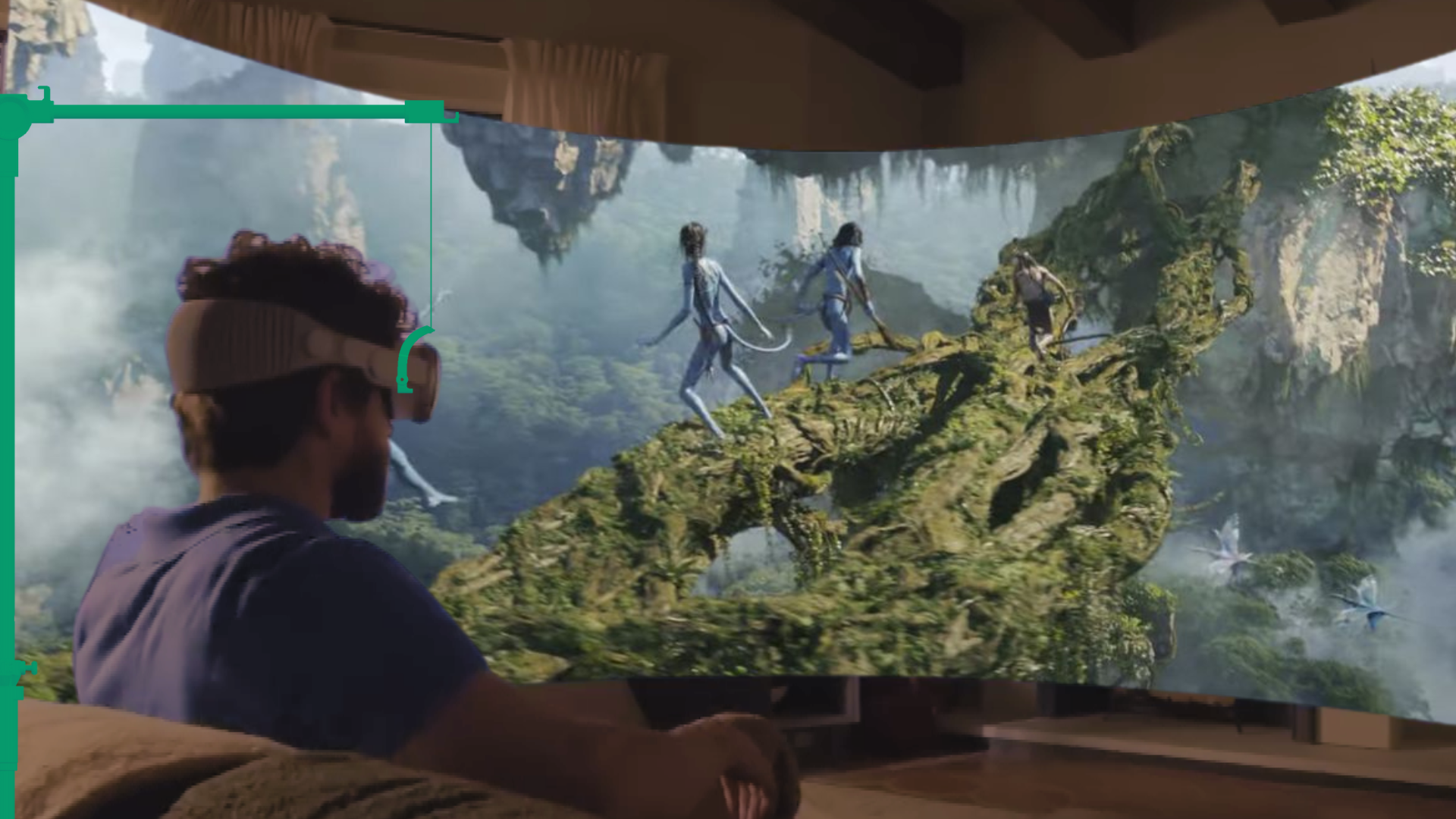
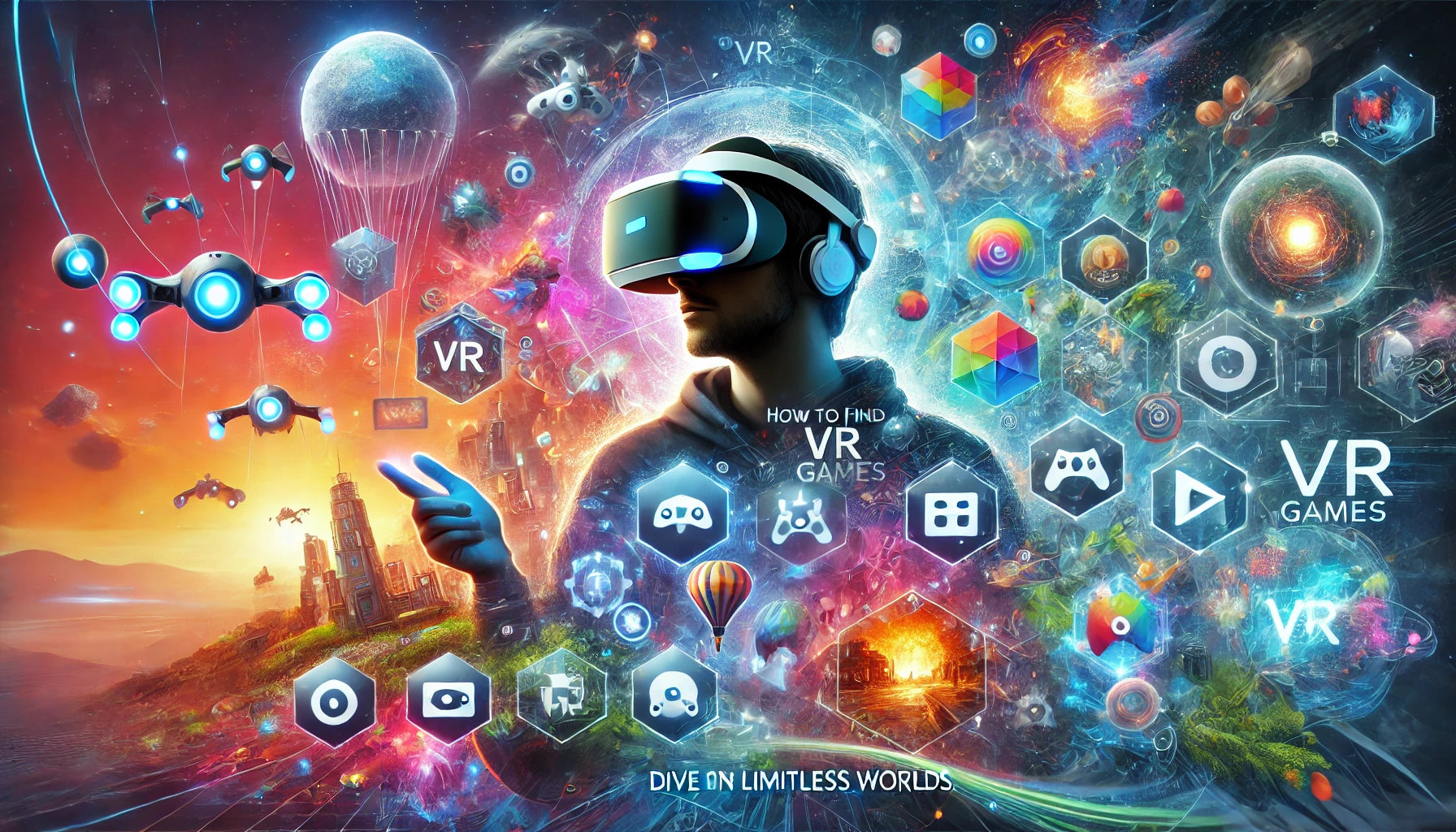
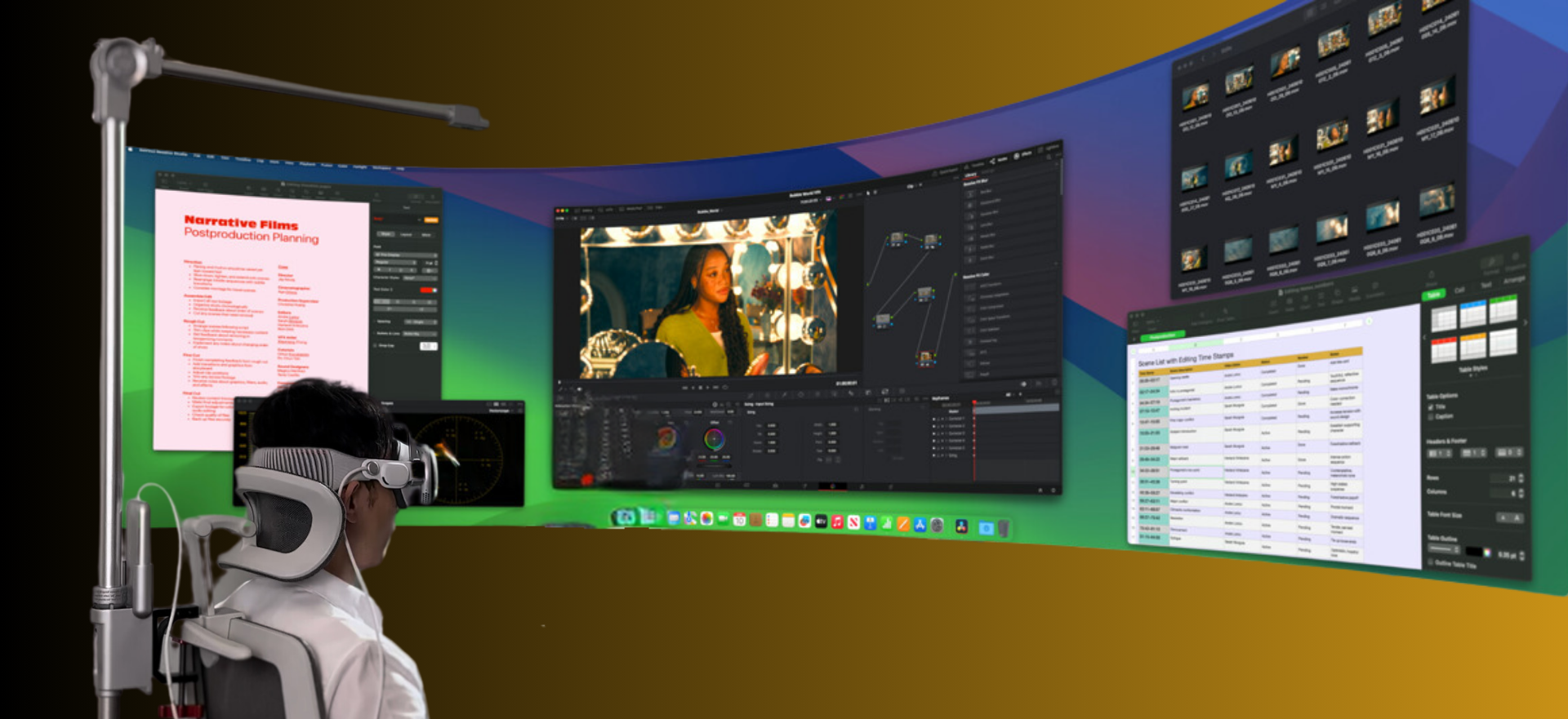
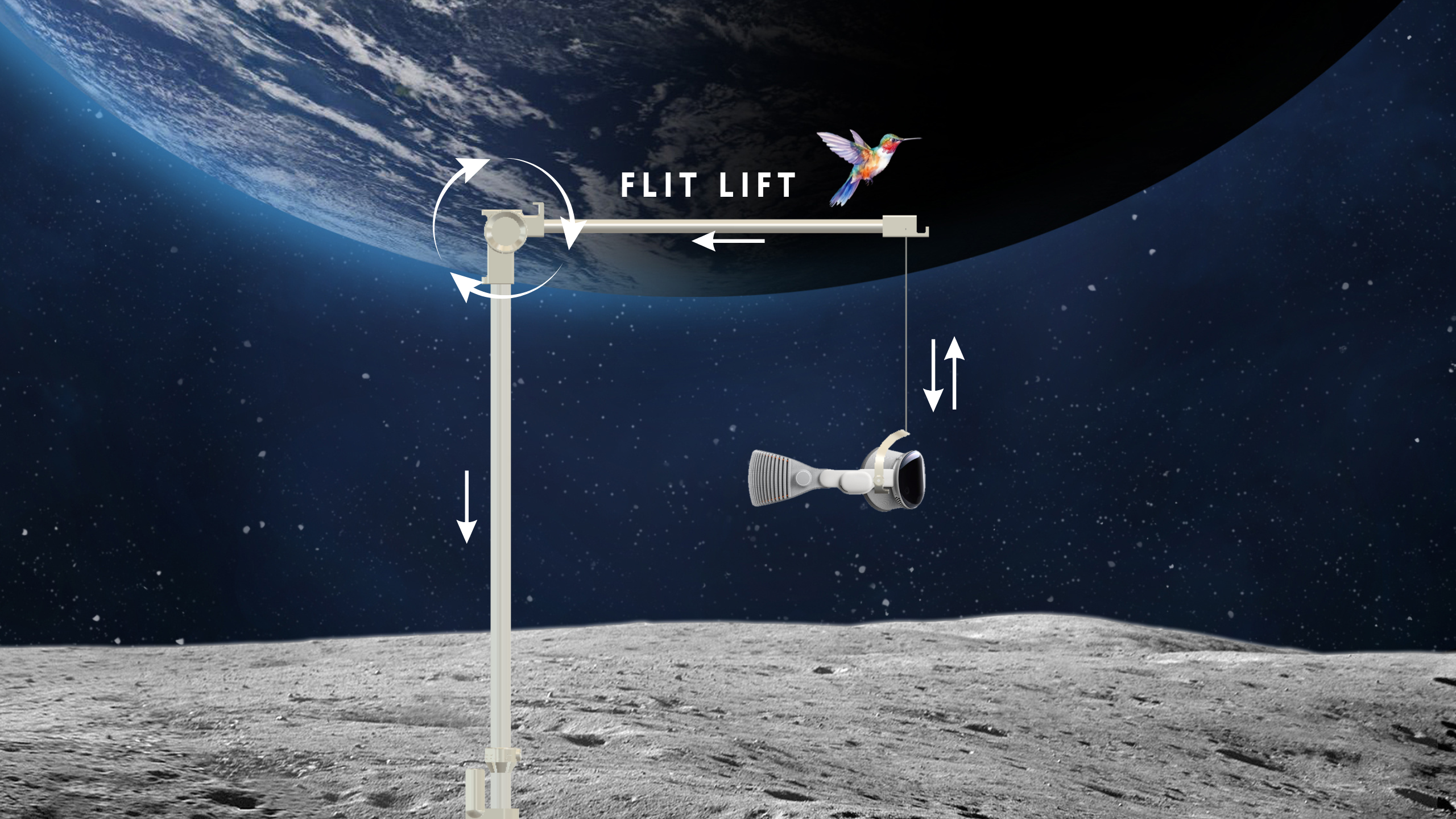

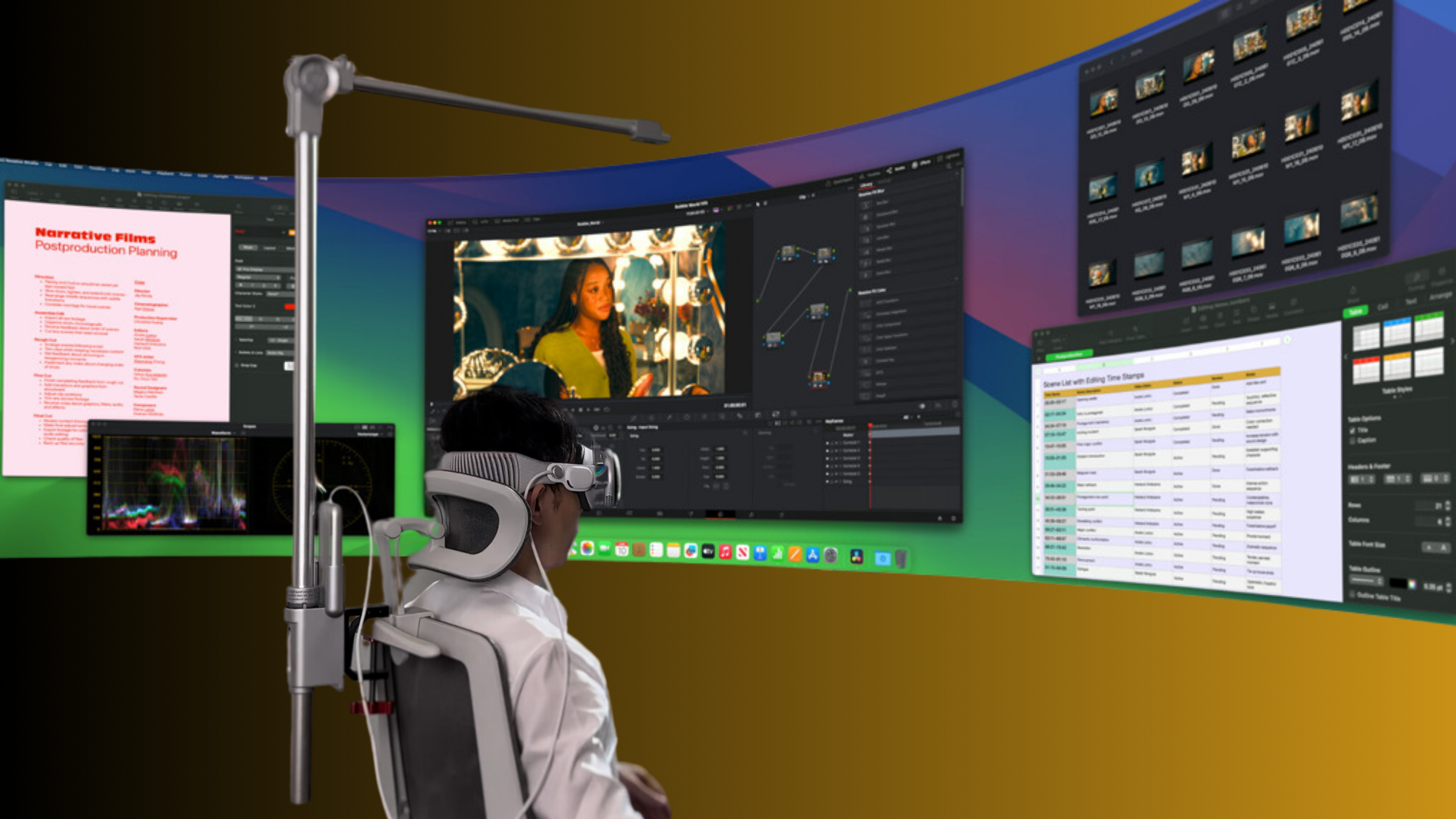

Share:
Ergonomic Weight Distribution in VR: Designing Flit Lift Compatible Setups That Feel Light
Flit Lift in Corporate VR Training: Enhancing Worker Endurance and Focus